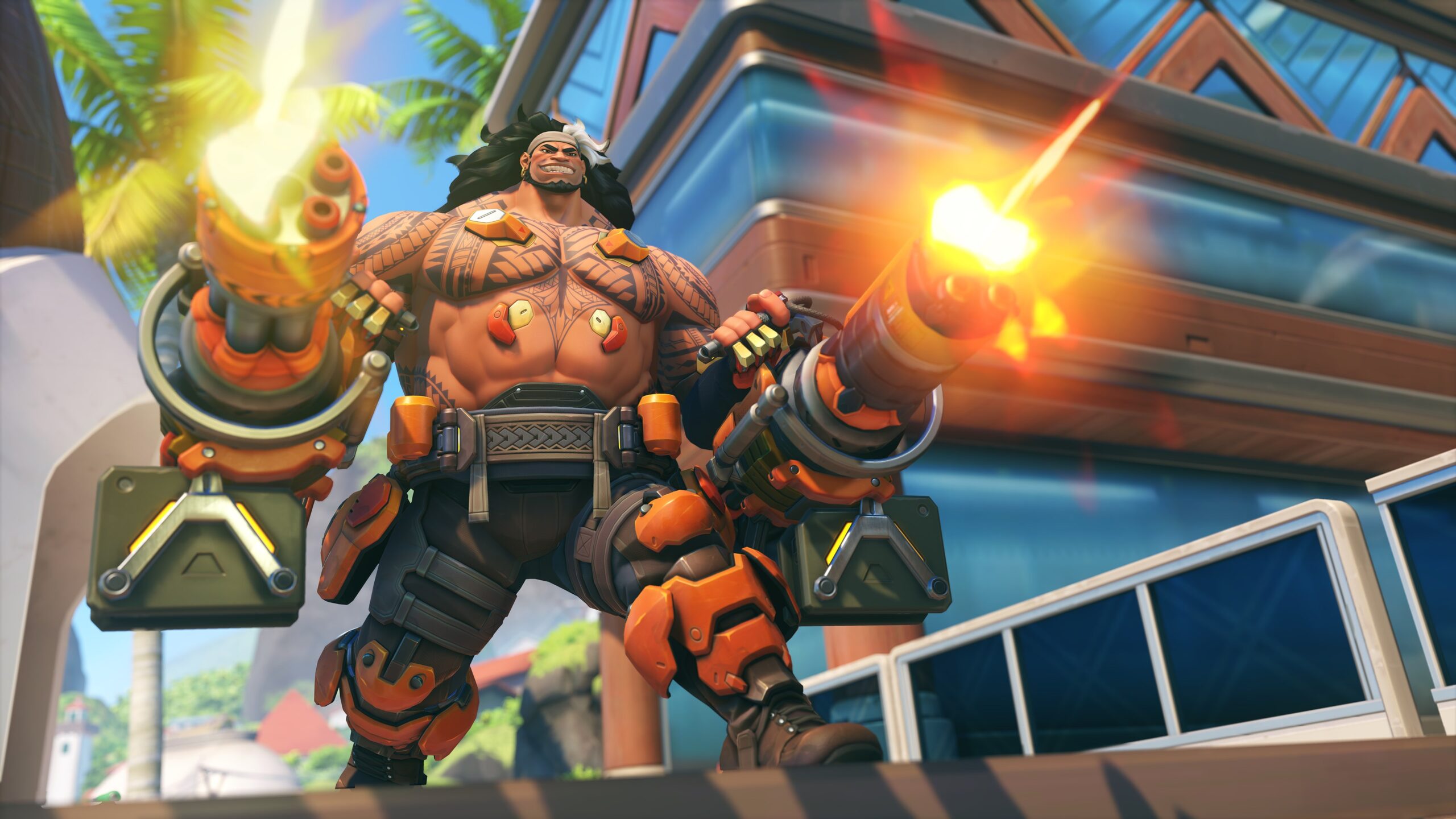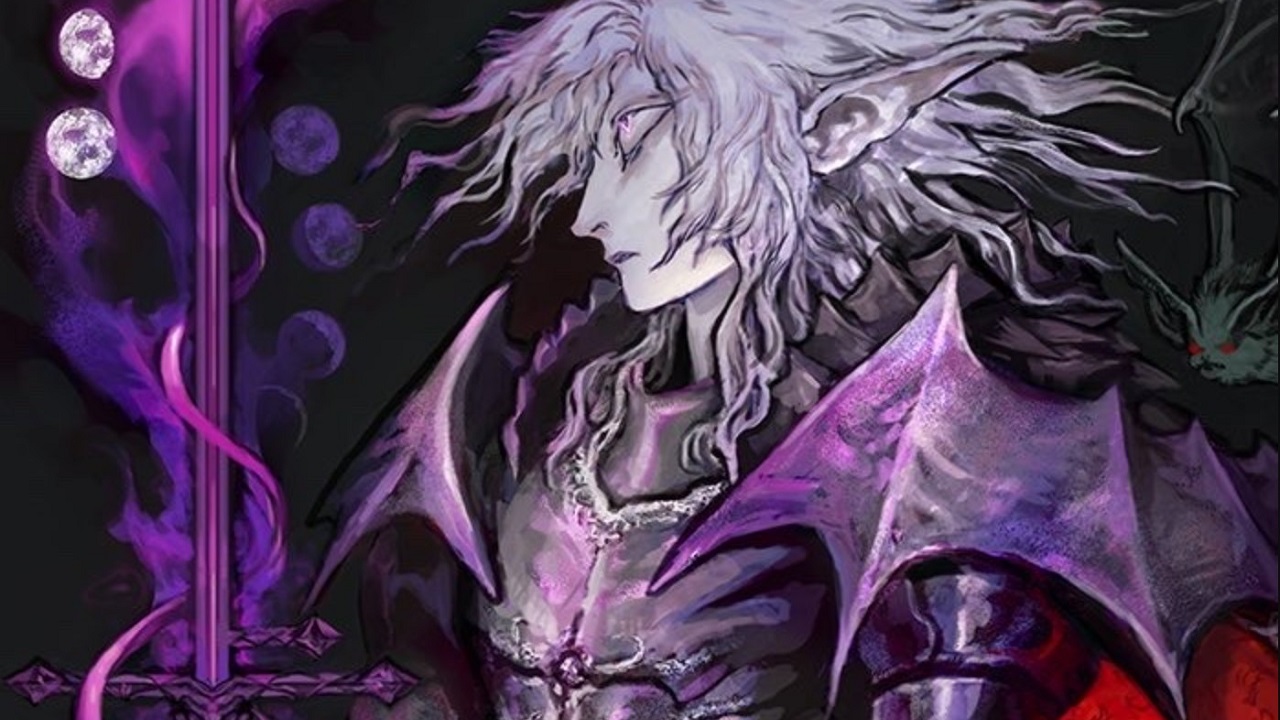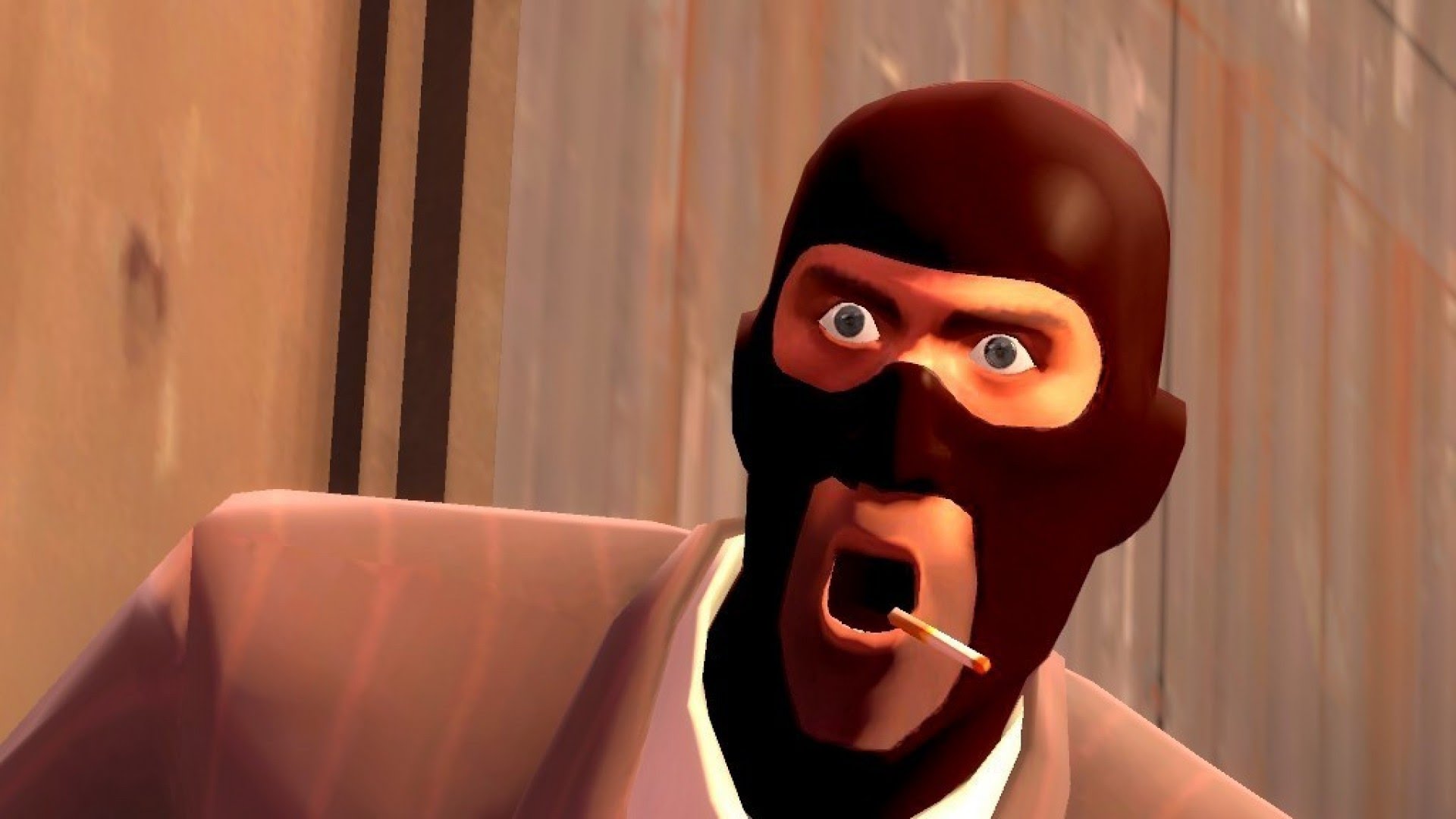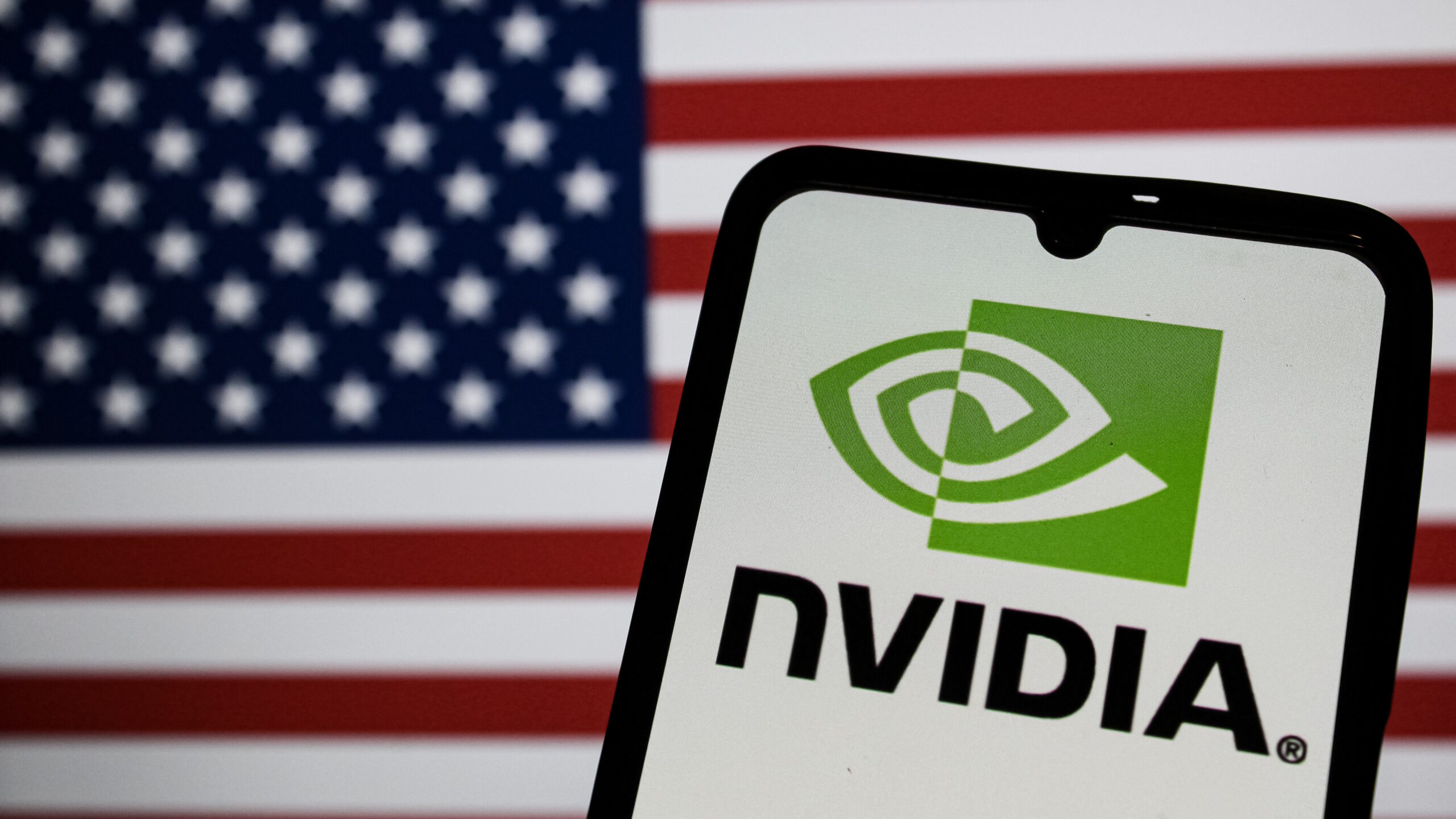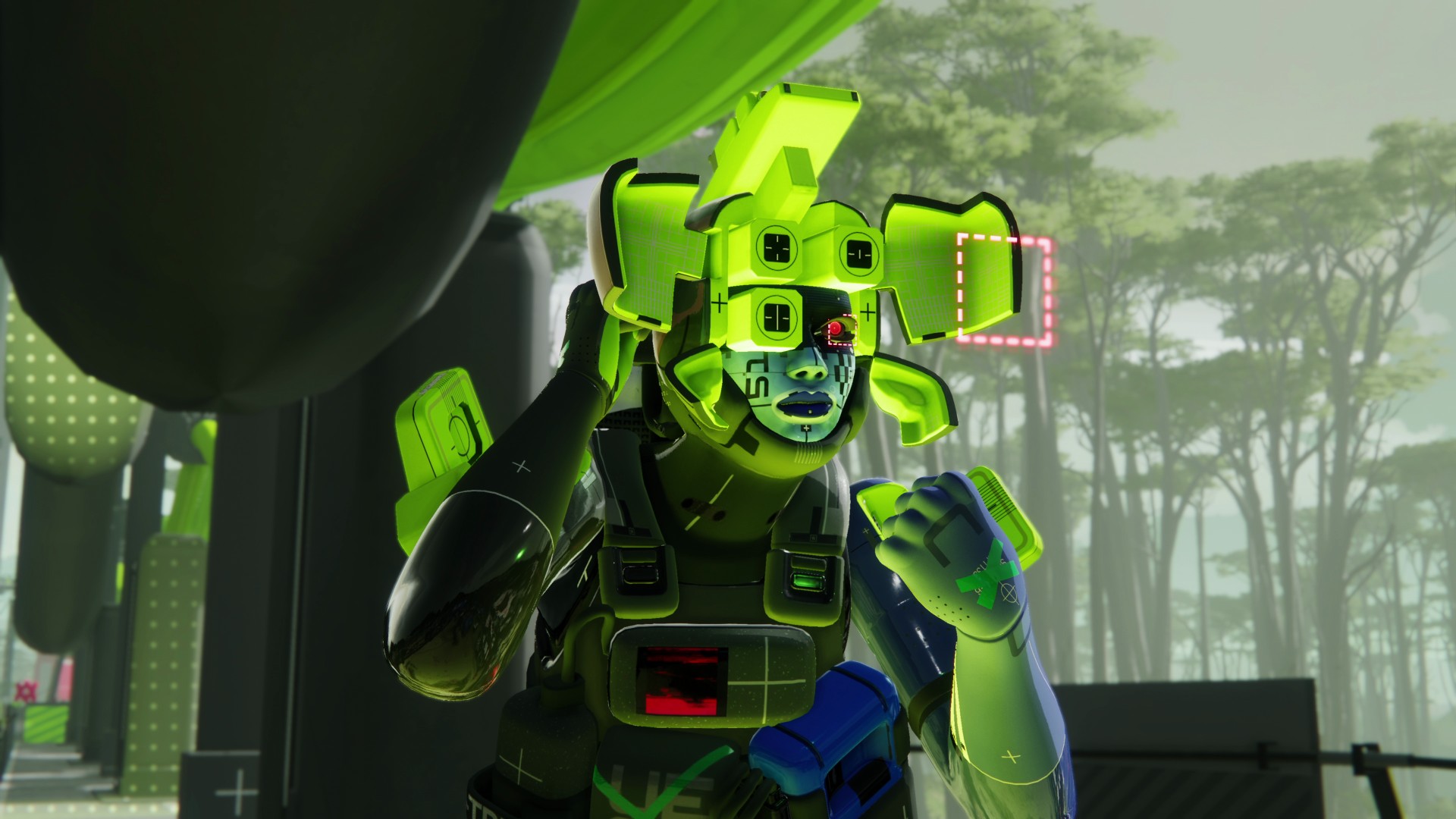The Microsoft era of Blizzard has just begun, and it’s not clear yet how the studio will change under the reign of Xbox head Phil Spencer. Maybe it’ll mean more StarCraft, maybe not, but from the sounds of it we shouldn’t expect a radically different approach from Blizzard: It’s gonna keep running on the ol’ live service treadmill.
“Players have no patience,” Blizzard president Mike Ybarra told The Verge in a recent interview. “They want new stuff every day, every hour. We’re trying to react that way while holding the Blizzard quality bar high.”
Except for its remasters, Blizzard’s present library definitely goes all-in on the “new stuff every day” approach: World of Warcraft (whose next three expansions were just announced), Diablo 4, Overwatch 2, Hearthstone, and its mobile games, Diablo Immortal and the new Warcraft Rumble. Blizzard’s next game, an unnamed survival game, will surely be the same way.
Unlike a lot of other studios, you can’t really say that Blizzard has abandoned its roots to chase the live service trend: It launched WoW, the most famous subscription-based game ever, almost 20 years ago, and has been building a multiplayer ecosystem since it launched Battle.net in the ’90s. Things move faster today, though, and Ybarra doesn’t make keeping up sound easy. (And this year’s layoffs at Bungie and Epic make it very obvious that it’s not.)
“We know players want new content literally almost every single day,” Ybarra said. “At the same time, it takes large teams to be able to deliver that. So you have to monetize it in the right ways … I always tell the teams, ‘When someone spends one dollar or a penny with Blizzard, I want them to feel good after they do that. How do we get to a world where we know that’s always going to be the basis of what we’re doing?'”
If Blizzard’s worried about making sure its players feel good about hypothetical penny-sized microtransactions, then I doubt there are any singleplayer Warcraft sequels in our future, but Ybarra did say that nothing’s off the table. Pushed on the question of whether Blizzard would consider releasing a game that isn’t meant to be endlessly updated, he told The Verge that he’d be open to a pitch for a “four-hour experience or a 400-hour experience.”
Perhaps Microsoft and Blizzard will look to the example of Riot, which has added a little diversity to its portfolio by licensing out the League of Legends universe to indie studios, resulting in singleplayer spin-offs like Ruined King and The MageSeeker. At this point, though, Ybarra says he hasn’t even sat down with Spencer to talk about what the Microsoft acquisition means, so it’s very early days for the relationship.
And Blizzard’s recent actions haven’t suggested any inclination to part, even momentarily, from the logic that players must have new things every day: Its need to endlessly add new stuff to its games has put World of Warcraft Classic in the funny position where it’s catching up with the era of WoW that led players to ask for WoW Classic in the first place.







